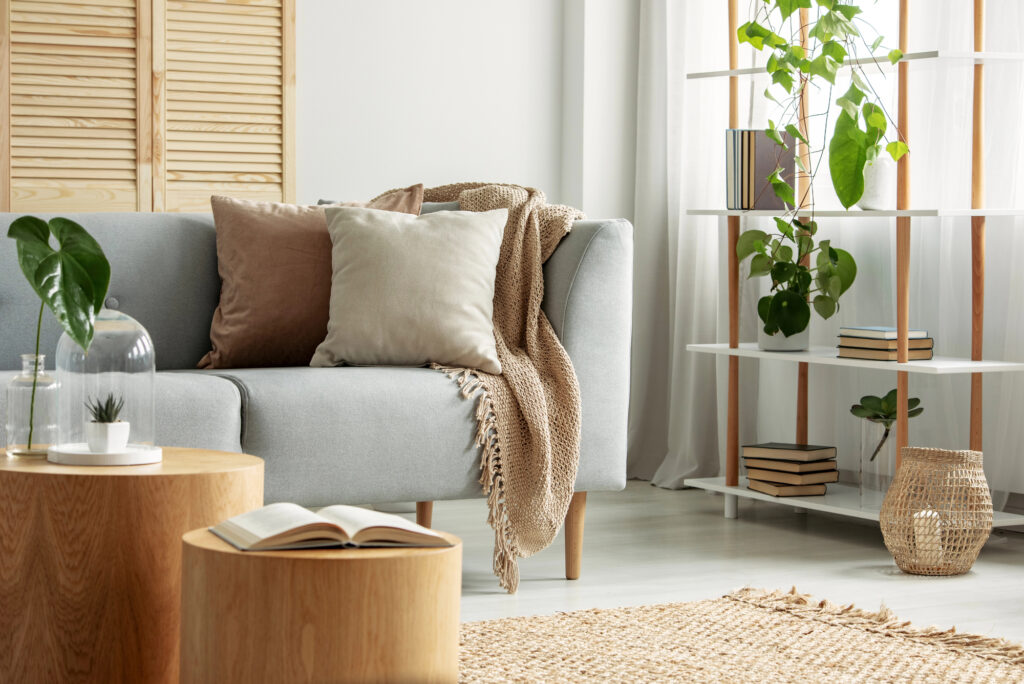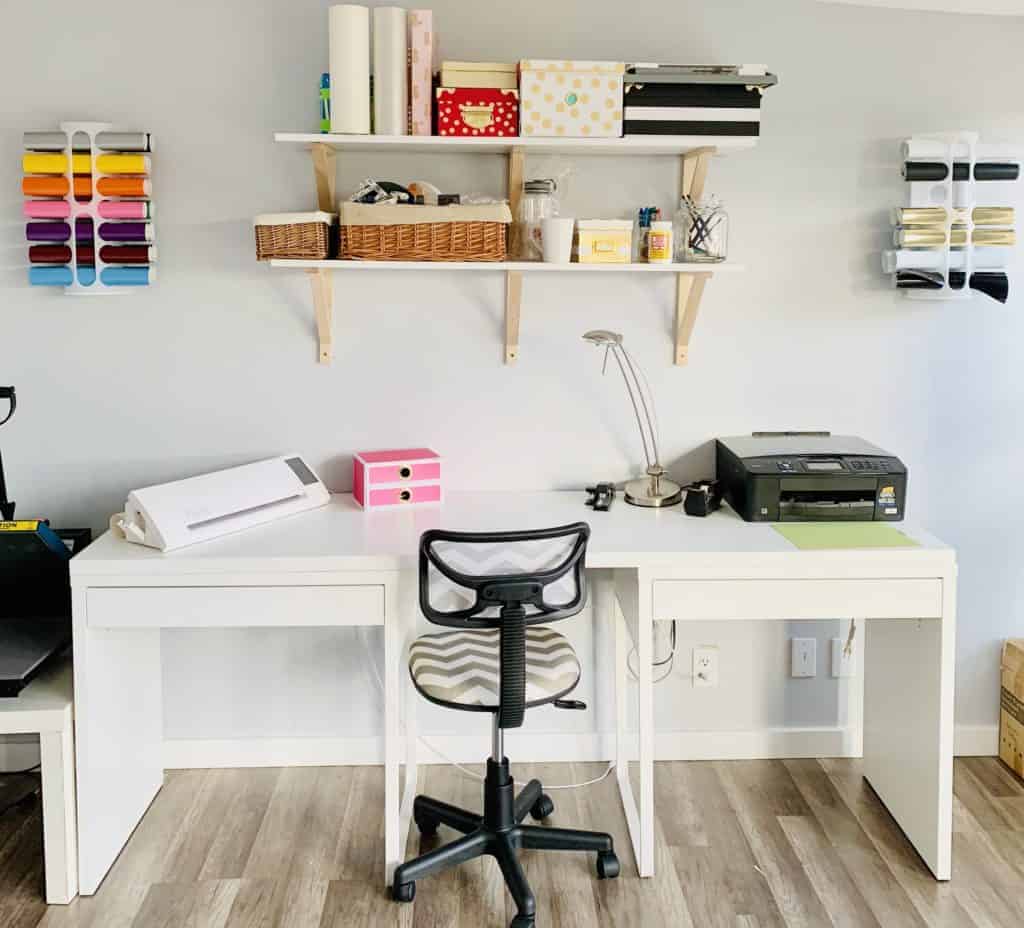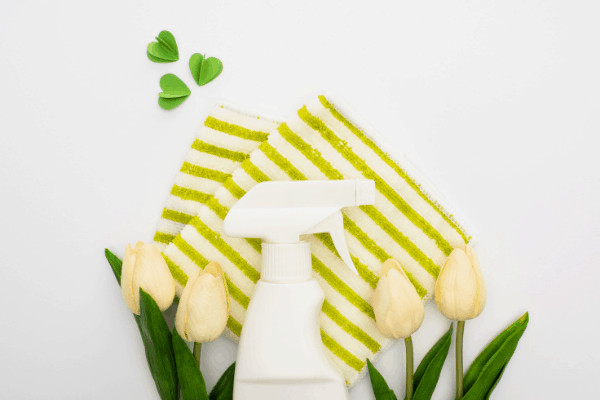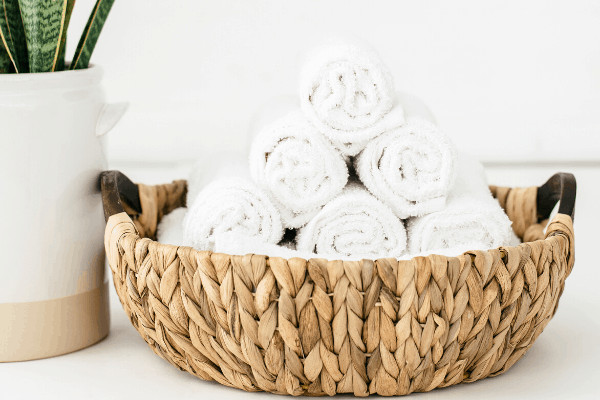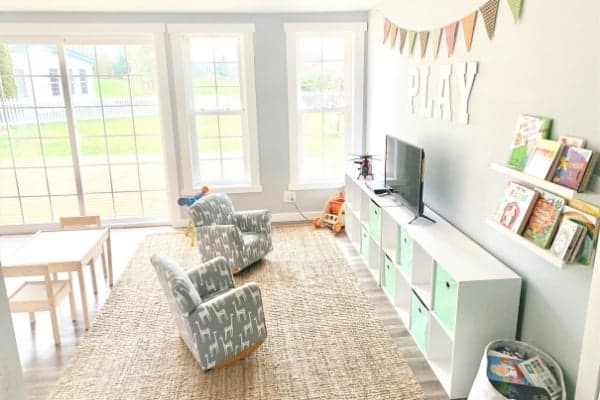Have you ever walked into a room and felt like everything just fit perfectly? Chances are, the flooring played a big part in that seamless look. This is often overlooked when planning interior design.
However, it’s the foundation of any space, setting the tone for the entire room. Whether it’s hardwood, tile, or carpet, your flooring choice can dramatically influence your home’s mood, functionality, and aesthetics.
In this post, we’ll dive into how to match your flooring with your interior design style. From picking the right color and texture to ensuring your space feels cohesive, we’ll guide you through each step. Whether you live in a cozy apartment or a spacious home in Los Angeles, choosing the right flooring can transform any room.
So, without further ado, let’s get started!
Understanding the Role of Flooring
Flooring is more than just something you walk on. Today, it’s a foundational element that influences how a room looks and feels. Think of it as the backdrop for all your furniture, wall colors, and décor. It can either tie everything together or make a space feel disjointed.
When assessing your space, it’s important to consider practical factors like the room’s purpose and foot traffic. High-traffic areas like kitchens and hallways require durable flooring. Conversely, bedrooms may benefit from something softer and more luxurious. Lighting is another key factor—natural light can brighten dark floors. Conversely, darker rooms might need lighter flooring to create an open, airy feel.
Additionally, the installation process is just as crucial as choosing the right flooring material. For instance, professional wood floor installation with Prime Hardwood Floors in Los Angeles ensures your floors look beautiful and are installed to last for years. Whether it’s a busy kitchen or a cozy bedroom, the right installation makes all the difference.
Matching Flooring with Interior Design Styles
Every interior design style has a flooring option that complements it perfectly. Want traditional or classic designs? Rich wood floors like oak or cherry bring an air of timeless elegance. Or do you prefer a more modern or minimalist look? Lighter wood floors with sleek finishes can create a sense of openness and simplicity.
When it comes to farmhouse or rustic styles, distressed or reclaimed wood adds that cozy, lived-in feel. Meanwhile, industrial spaces benefit from the rougher, unfinished look of hardwood, often paired with metallic accents.
Color Coordination
Choosing the right color is critical to creating a balanced room. Neutral flooring—such as light oak or maple—offers flexibility. It allows you to experiment with bold furniture or wall colors. It acts as a canvas for your creativity while keeping the room cohesive.
If you prefer more daring color schemes, dark wood tones can anchor vibrant wall colors. They can provide contrast to bright or bold décor elements. Monochrome rooms, popular in minimalist homes, benefit from subtle flooring shades.
These can enhance the overall atmosphere without overwhelming it. The goal is harmony, where the floor complements the room’s other elements, enhancing its beauty without stealing the show.
Flooring and Room Size
Did you know your flooring choice can influence how big or small a room feels? In smaller spaces, lighter options can make the space feel larger by reflecting more light and opening up the area. You can pair that with wide planks to reduce the appearance of clutter.
Darker flooring adds warmth and intimacy to larger rooms. Rugs can also break up an open floor plan, creating zones for different activities, like dining or lounging. The right flooring choice helps create a balanced, comfortable space, whether your room is big or small.
Texture Matters
The texture of your flooring can be just as important as its color. Smooth, polished finishes work well in modern, minimalist homes. Their clean lines and streamlined look are key. A glossy surface enhances the sleek, sophisticated vibe of the space.
On the other hand, if your design leans more toward rustic or industrial, a textured option with visible grains and knots adds depth and character. The imperfections are what make these styles feel authentic and lived-in.
Whether you’re going for sleek or rugged, the texture should complement the other design elements in the room.
Durability and Maintenance
Flooring isn’t just about looks—it also needs to stand up to everyday life. In high-traffic areas like hallways and living rooms, durable hardwood floors, such as oak or hickory, are ideal.
These materials can withstand heavy use and, when needed, can be refinished to look brand new. For busy households, consider finishes that require minimal upkeep. A protective finish can keep your floors looking pristine with just basic cleaning.
Binding It All Together!
The right flooring can transform any room, bringing together aesthetics, comfort, and practicality. By matching your flooring with your design style, you create a space that feels cohesive and inviting.
Whether you prefer classic, modern, rustic, or industrial designs, there’s a perfect flooring choice for you. So, take the next step today and achieve your vision.

